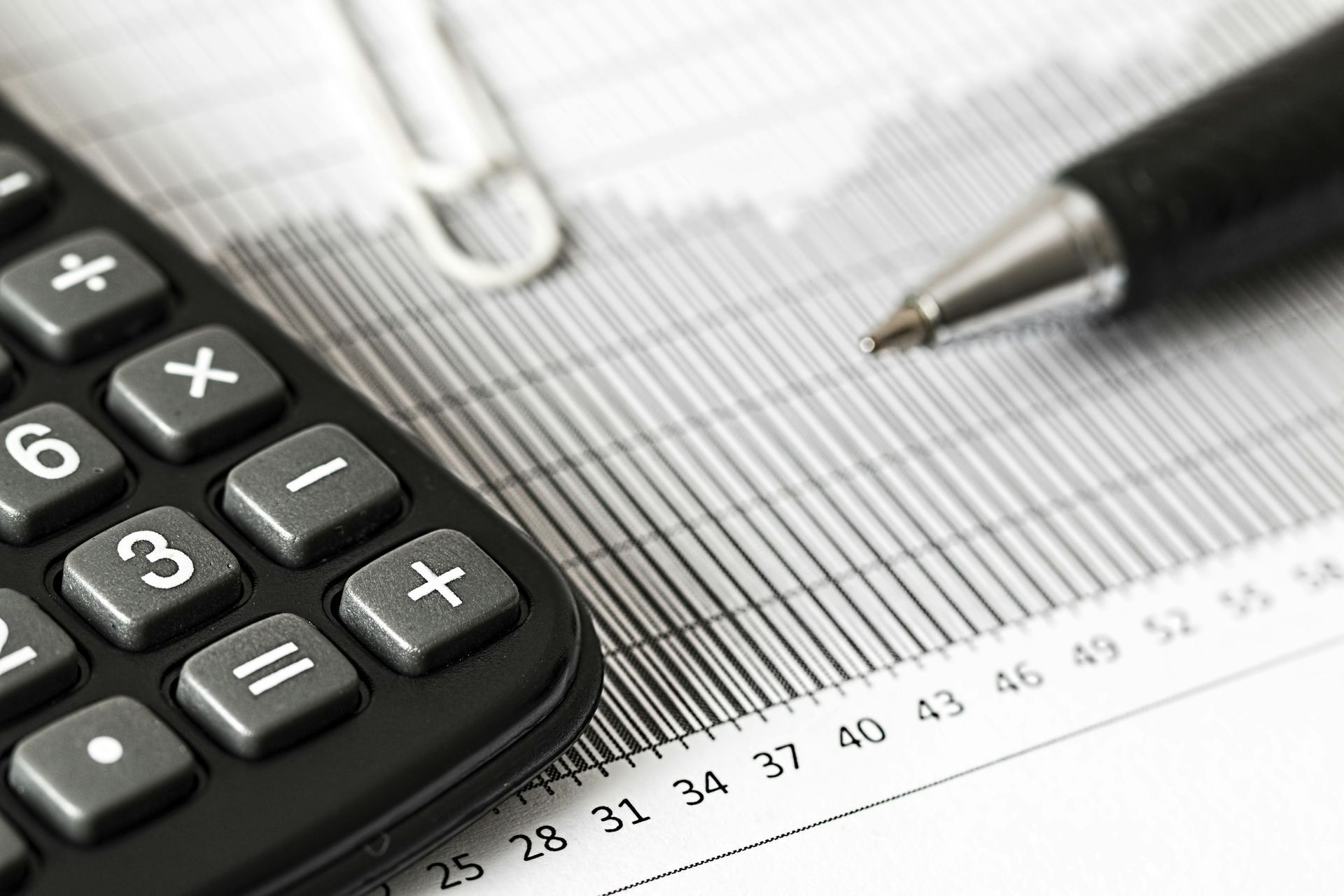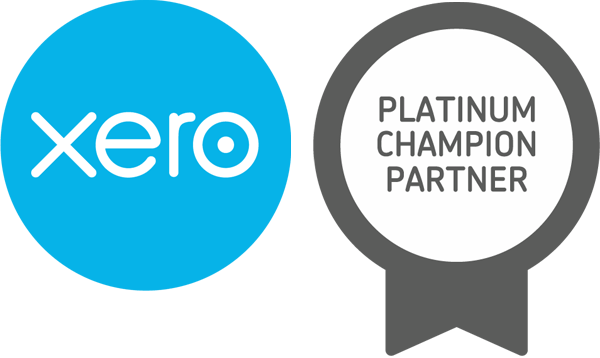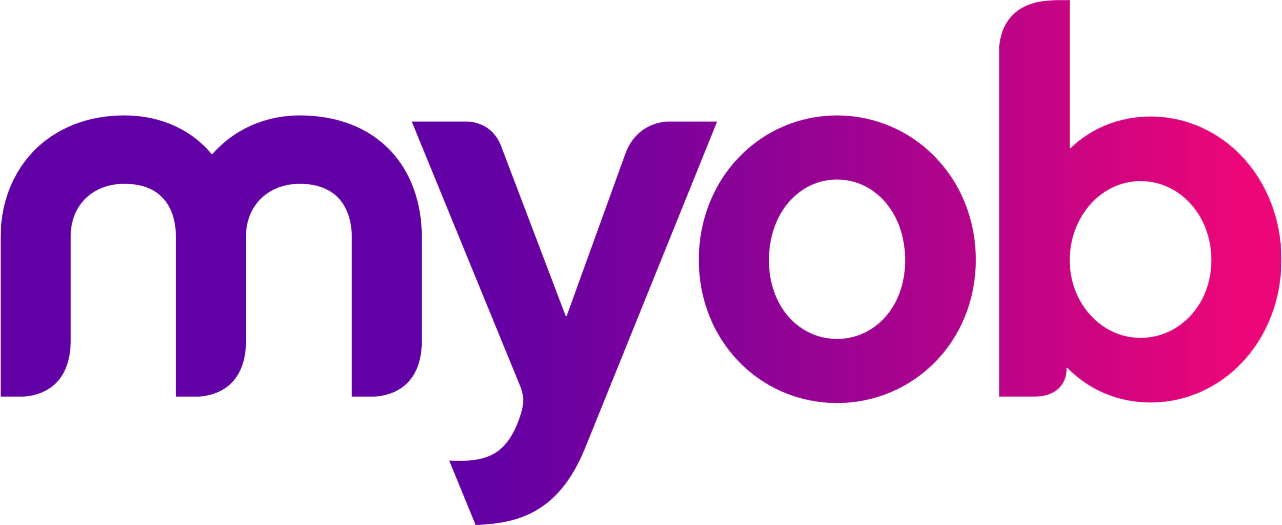Consolidating Your Superannuation
You may be able to transfer your existing super account(s) to another complying fund (known as a rollover), depending on the rules of your super funds. This is also the case if you want to roll over into a Self-Managed Super Fund from your retail or industry fund. Partial roll overs may be an option where you want to retain your old Super Fund due to insurances or other reasons.
For example, you can transfer your super to consolidate multiple accounts. Putting all your super in one account means paying only one set of account fees. Differences in fees can significantly affect the amount you have when you retire. Having fewer accounts also makes it easier to keep track of your super.
It is important to think about the possible consequences before deciding to roll over your super. Ask your existing super fund about any fees or charges that will apply or any loss of entitlements such as life insurance. You should also consult the receiving super fund to ensure they will accept a rollover of your super.
Tax
No tax is payable on the amount rolled over to another complying super fund until you withdraw your super, when tax may apply.
If a super benefit is paid directly to you before being rolled into another fund, the payment is considered outside the super system. It will be treated as a super benefit rather than a rollover; in which case it may be taxed.
Considerations
You will need to check with both super funds, particularly the transferring fund, so you know of any applicable fees or charges, any effect on your benefits, and any loss of entitlements such as insurance.
The fund you want to transfer to may not accept transfers from other funds or ATO-held super–check before starting your transfer. There are no fees or charges for transferring ATO-held super money into a super fund account.
Check that both the account you’re planning to transfer super from and the account you’re planning to move it to are still open, as there can be delays in funds reporting closed accounts to us. Check that neither of the funds has restrictions on actioning the transfer.
There are some essential factors to consider before transferring your super:
- Differences in fees can significantly affect the amount you have when you retire.
- The fund you want to leave could charge administrative, exit, or withdrawal fees.
- The fund you want to transfer may charge entry or deposit fees.
- The fund you want to leave may insure you against death, illness or an accident that prevents you from returning to work. If you leave this fund, you may lose these entitlements so check if the other fund offers comparable cover.
Transferring your funds will not change the super fund your employer pays your contributions to. You will still need to speak with your employer and advise them of the new fund account details for future contributions.
You can request a transfer of the whole of a super account balance online by signing into MyGov.









